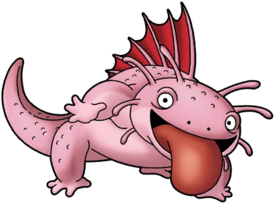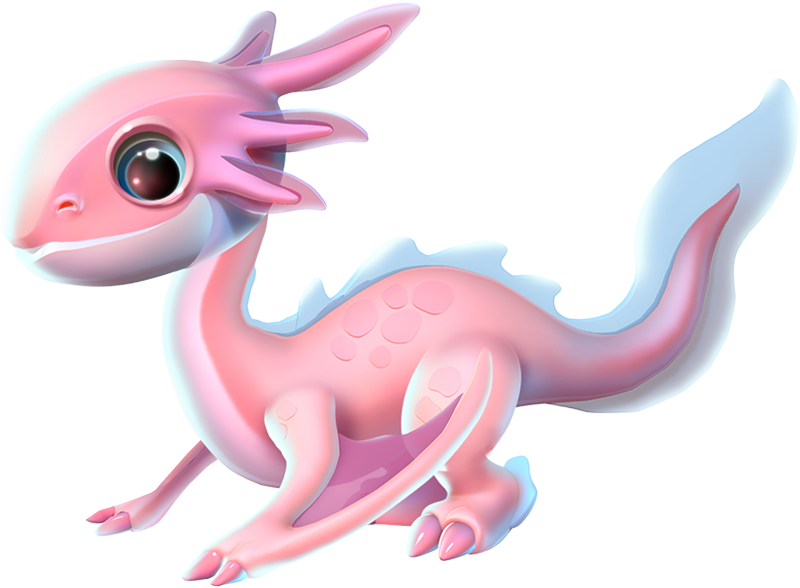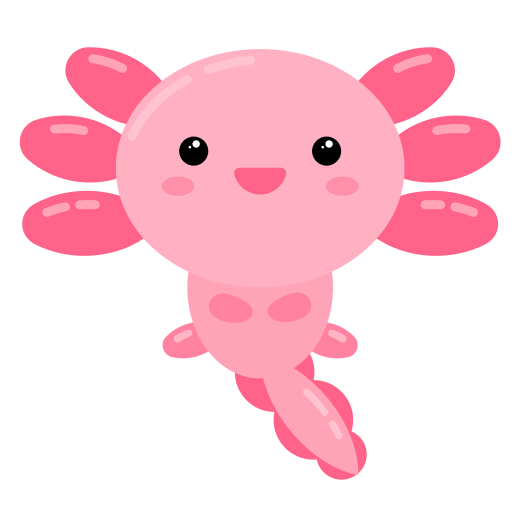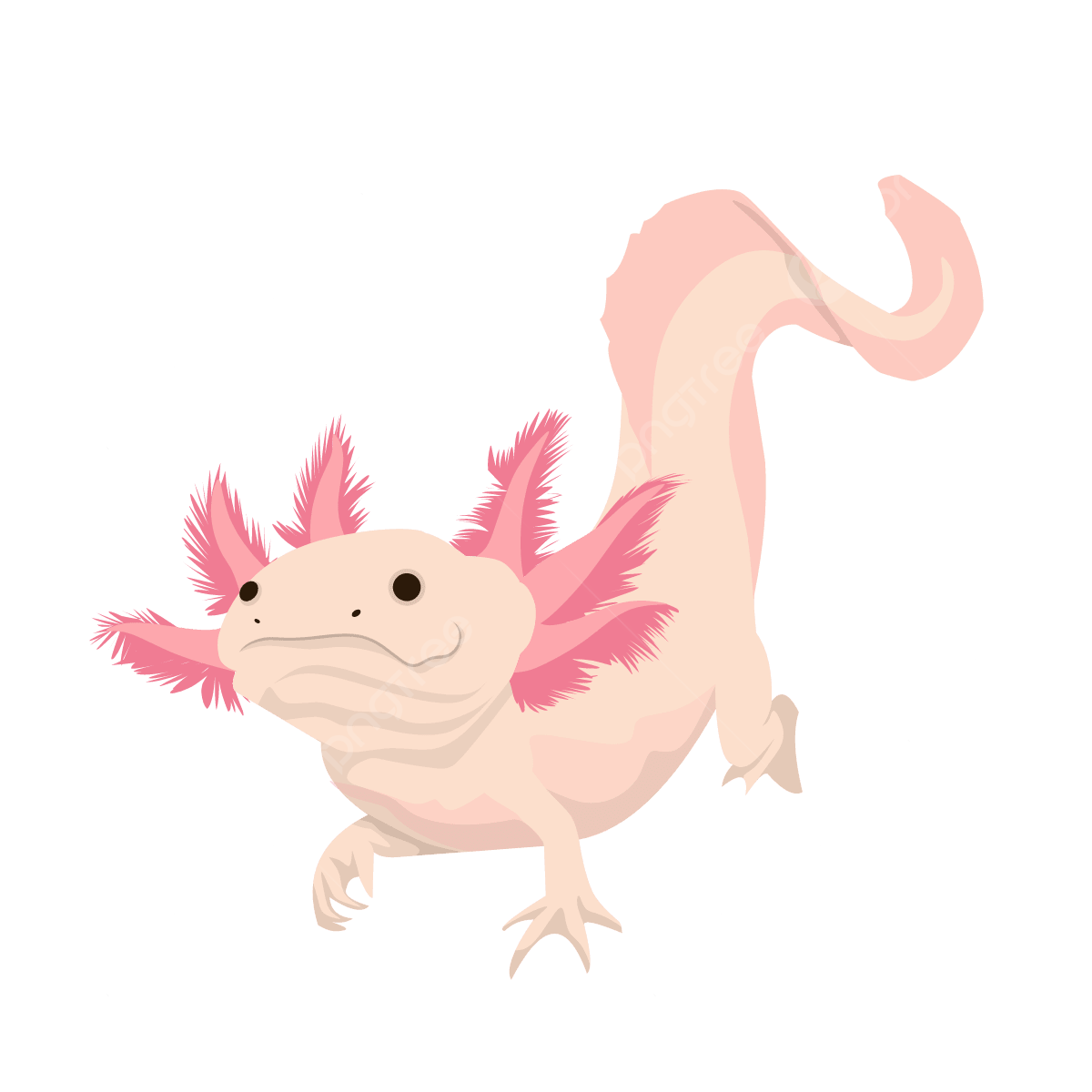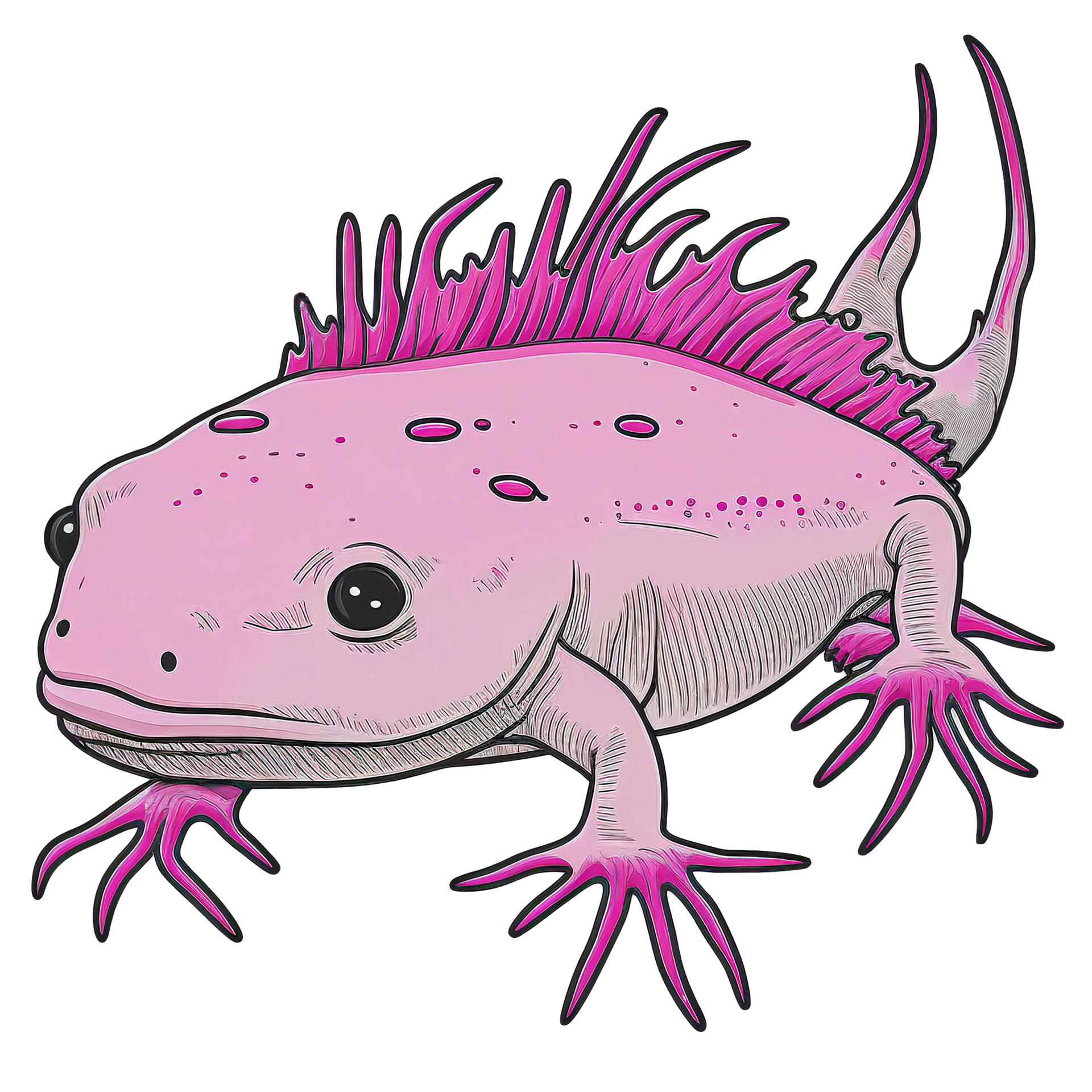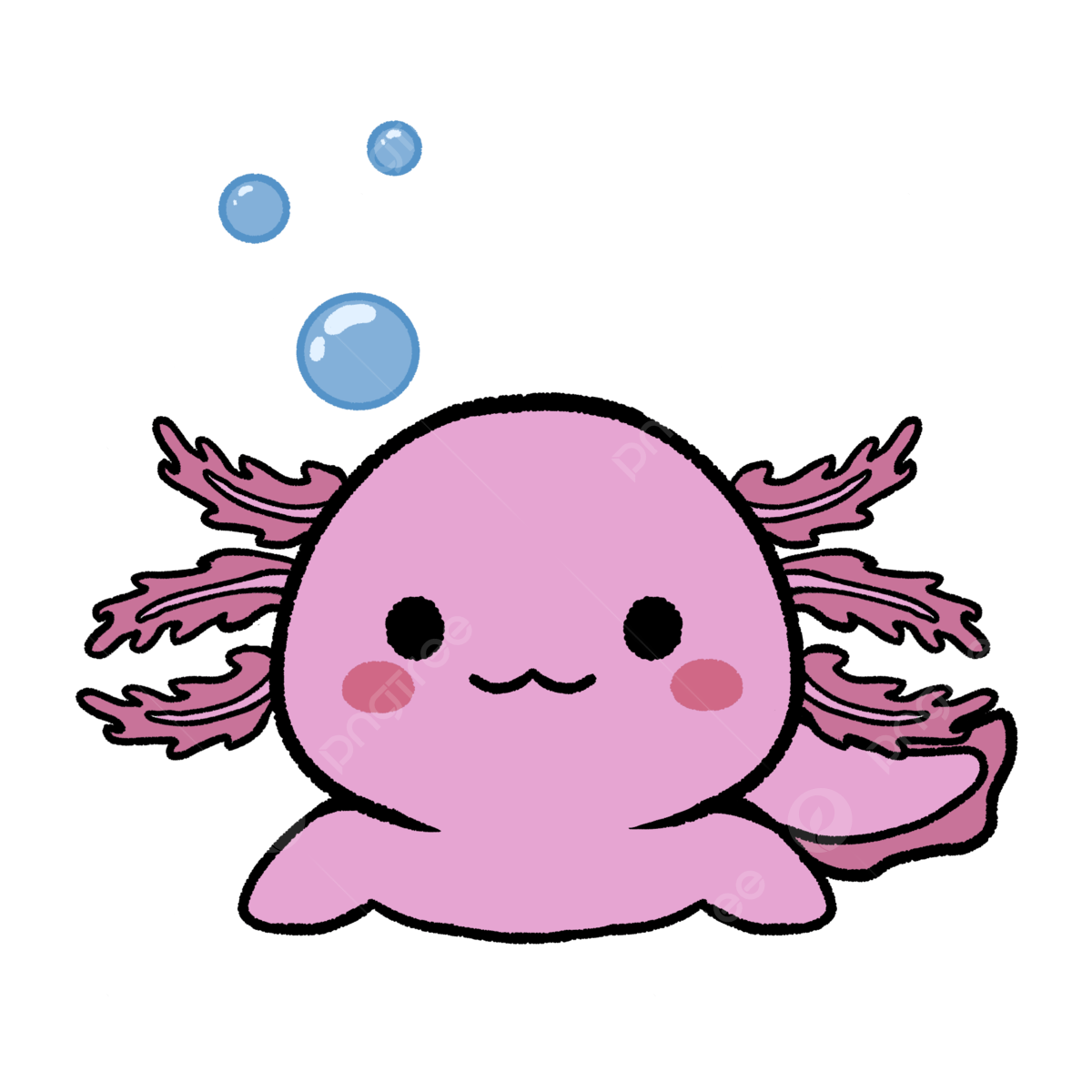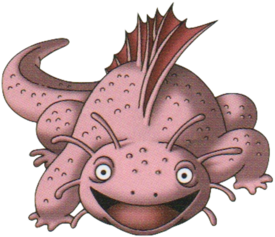Download top and best high-quality free Axolotl PNG Transparent Images backgrounds available in various sizes. To view the full PNG size resolution click on any of the below image thumbnail.
License Info: Creative Commons 4.0 BY-NC
The axolotl, also known as the Mexican walking fish, is a type of salamander native to Mexico. It is famous for its distinctive appearance, pink feathery gills, and the ability to regenerate its limbs and other body parts.
Physical Characteristics
Axolotls typically grow between 6 to 18 inches in length and have flat, broad heads with tiny black eyes. They are usually dark brown or black in color, though some can also be light brown or even gold.
Their most unique feature is their external gills, which look like a tuft of pink feathers on either side of their head. These gills are used for breathing underwater, as axolotls are neotenic, which means they keep their larval form throughout their lives. It also means they do not undergo metamorphosis to become fully adult salamanders, which is why they look like a cross between a fish and a salamander.
Axolotls have a long, tapering tail, which they use for swimming, and four legs with five digits each. Their skin is smooth and slippery, and they produce a slimy substance to keep themselves moist.
Habitat and Diet
Axolotls are native to the cold, freshwater lakes and canals of Mexico City’s high-altitude basin. However, due to urbanization and pollution, they are now critically endangered in the wild.
In captivity, axolotls can be kept in a tank with water at a temperature of around 60 to 64 degrees Fahrenheit. They are carnivores and feed on small aquatic animals such as worms, insects, small fish, and crustaceans, both alive and dead.
Regeneration
One of the most intriguing features of axolotls is their remarkable ability to regenerate lost body parts. This includes limbs, spinal cord, heart, and even parts of the brain.
When an axolotl loses a limb, for example, their cells will undergo a process called dedifferentiation. This means that the cells, which were once specialized for one function, will revert to a more unspecialized state, allowing them to become any type of cell needed to form a new limb.
This incredible regenerative ability has attracted the attention of scientists who are studying the development of regenerative medicine for humans who have experienced injuries or diseases that can cause limb loss.
Conservation Status
Axolotls are critically endangered in the wild due to habitat loss, pollution, and the introduction of non-native species. They are also heavily targeted for use in scientific research, traditional medicine, and the pet trade.
Conservation efforts are underway to try and save the axolotl from extinction. The Mexican government has established protected areas, and captive breeding programs have been initiated in zoos and aquariums around the world.
The axolotl is a fascinating and unique creature that has captured the imagination of scientists and the public alike. Its striking appearance, regenerative abilities, and critical conservation status make it a species that deserves attention and protection.
Download Axolotl PNG images transparent gallery
- Axolotl PNG Pic
Resolution: 512 × 512
Size: 119 KB
Image Format: .png
Download
- Axolotl PNG Picture
Resolution: 275 × 204
Size: 57 KB
Image Format: .png
Download
- Axolotl PNG
Resolution: 200 × 254
Size: 63 KB
Image Format: .png
Download
- Axolotl Transparent
Resolution: 512 × 512
Size: 122 KB
Image Format: .png
Download
- Axolotl
Resolution: 1656 × 2000
Size: 101 KB
Image Format: .png
Download
- Axolotl Background PNG
Resolution: 512 × 512
Size: 131 KB
Image Format: .png
Download
- Axolotl No Background
Resolution: 800 × 588
Size: 356 KB
Image Format: .png
Download
- Axolotl PNG Background
Resolution: 512 × 512
Size: 27 KB
Image Format: .png
Download
- Axolotl PNG Clipart
Resolution: 512 × 512
Size: 30 KB
Image Format: .png
Download
- Axolotl PNG Cutout
Resolution: 512 × 512
Size: 23 KB
Image Format: .png
Download
- Axolotl PNG File
Resolution: 1200 × 1200
Size: 145 KB
Image Format: .png
Download
- Axolotl PNG Free Image
Resolution: 1920 × 1920
Size: 2787 KB
Image Format: .png
Download
- Axolotl PNG HD Image
Resolution: 1200 × 1200
Size: 276 KB
Image Format: .png
Download
- Axolotl PNG Image File
Resolution: 1200 × 1200
Size: 760 KB
Image Format: .png
Download
- Axolotl PNG Image HD
Resolution: 512 × 512
Size: 27 KB
Image Format: .png
Download
- Axolotl PNG Image
Resolution: 512 × 512
Size: 64 KB
Image Format: .png
Download
- Axolotl PNG Images HD
Resolution: 275 × 237
Size: 112 KB
Image Format: .png
Download
- Axolotl PNG Images
Resolution: 512 × 512
Size: 68 KB
Image Format: .png
Download
- Axolotl PNG Photo
Resolution: 512 × 512
Size: 91 KB
Image Format: .png
Download
- Axolotl PNG Photos
Resolution: 1920 × 1920
Size: 777 KB
Image Format: .png
Download

